Power Articles
Industry Elevating Content
Window Hardware Care and Maintenance Tips for Longevity
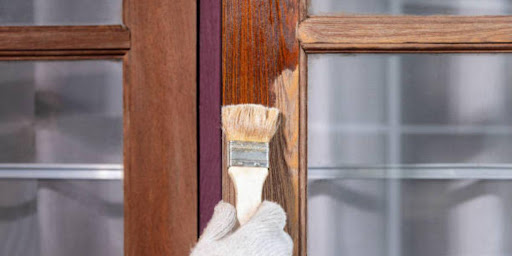
PowerArticles
Sept. 18th, 2023
In the competitive world of window and door installation, ensuring the longevity of your products is not just a matter of customer satisfaction; it’s also a key component of your company’s reputation and profitability. Window hardware, although often overlooked, plays a pivotal role in the overall performance and durability of these fixtures. In this article, we will dive into essential window hardware care and maintenance tips that every professional installation company should incorporate into their practices. By understanding how to properly care for and maintain window hardware, you can enhance the lifespan of your installations, reduce warranty claims, and solidify your reputation as a reliable and knowledgeable provider in the industry.
Regular Inspection
Routine hardware inspections are a crucial aspect of window and door maintenance for companies responsible for installations. These inspections serve as proactive measures to ensure the longevity and optimal performance of window hardware.
By conducting regular inspections, companies can identify and address potential issues before they escalate into costly problems. This proactive approach not only enhances customer satisfaction but also helps maintain the company’s reputation for quality service.
Recommended inspection intervals
The frequency of inspections depends on various factors, including climate, usage, and the type of hardware used. As a general guideline, companies should perform inspections at least twice a year, ideally before the onset of extreme weather conditions. In regions with harsh winters or heavy rainfall, more frequent checks may be necessary.
Identifying signs of wear and damage
- Rust or corrosion: Hardware exposed to the elements is susceptible to rust and corrosion, which can compromise functionality and aesthetics. Regular inspections should include a thorough examination of all metal components, such as hinges, handles, and locks. Any signs of rust or corrosion should be addressed promptly through cleaning, lubrication, or replacement.
- Loose or missing screws: Over time, screws and fasteners can become loose due to repeated use and vibrations. Inspectors should check for loose or missing screws and tighten or replace them to maintain structural integrity.
- Cracks or breakage: Cracks or breakage in window hardware can compromise security and insulation. Careful examination of components like hinges and latches is essential to detect any structural damage. Cracked or broken parts should be replaced promptly to ensure the window or door’s proper operation.
- Inconsistent operation: If windows or doors become difficult to open, close, or lock, this can indicate wear or misalignment in the hardware. Companies should address these issues during inspections to prevent further damage and ensure smooth functionality.
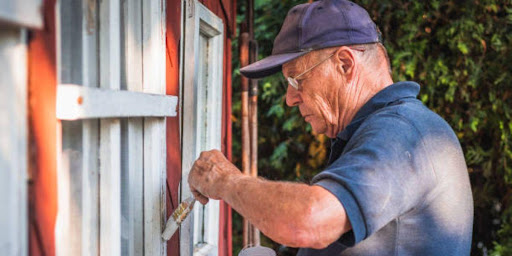
Cleaning and Lubrication
Proper cleaning and lubrication are essential aspects of window hardware care and maintenance, ensuring the longevity and smooth operation of your installed windows and doors.
Cleaning Procedures for Different Hardware Components
Cleaning your window hardware components should be a regular practice. For handles, locks, and hinges, use a mild detergent solution and a soft cloth to remove dirt and grime. Pay special attention to crevices where debris may accumulate. Avoid abrasive cleaners or scouring pads as they can damage the finish.
Appropriate Cleaning Agents and Tools
The choice of cleaning agents and tools is crucial. Non-abrasive, pH-neutral cleaners are ideal for avoiding damage to hardware finishes. Microfiber cloths or soft brushes can effectively clean without scratching or causing wear. Ensure that any cleaning solution used is free from harsh chemicals that may harm the hardware’s appearance or functionality.
Lubrication as a Preventive Maintenance Measure
Lubrication is a preventive maintenance step that should not be overlooked. Properly lubricated window hardware reduces friction, which can lead to wear and tear over time. Apply a silicone-based or Teflon lubricant to moving parts such as hinges, locks, and tracks. This helps maintain smooth operation and extends the hardware’s lifespan.
Choosing the Right Lubricants for Various Hardware Types
Different types of window hardware require specific lubricants. For metal components, choose a lubricant that is corrosion-resistant and can withstand varying temperatures. Plastic parts may benefit from a silicone-based spray that won’t degrade the material. Always follow the manufacturer’s recommendations for lubrication to ensure compatibility and effectiveness.
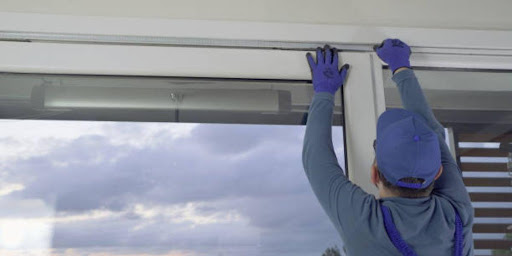
Repairs and Replacements
When to repair versus when to replace hardware components
Knowing when to repair or replace window hardware components is crucial for maintaining the longevity of windows and doors. In many cases, minor issues can be resolved through repairs, saving both time and money. However, there are instances where replacement becomes the more prudent choice. Assessing the condition of the hardware is key.
For minor problems such as loose screws, misaligned handles, or minor rust, repairs are often sufficient. Ensure that the components are securely fastened, lubricate moving parts, and clean off any rust or debris. Regular inspections can help catch these issues early.
On the other hand, when hardware components are severely damaged, corroded beyond repair, or outdated, it’s advisable to opt for replacements. This includes cases where safety is compromised or when older hardware no longer meets industry standards or regulations.
Steps for DIY repairs
For companies well-versed in DIY maintenance, some repairs can be tackled in-house. Provide clear instructions for tightening screws, adjusting hinges, or lubricating mechanisms. Emphasize safety precautions and the need for appropriate tools and materials.
Importance of using high-quality replacement parts
When replacements are necessary, emphasize the importance of using high-quality, industry-standard replacement parts. Subpar components can jeopardize the performance and security of windows and doors. Recommend sourcing parts from reputable suppliers to ensure durability, compatibility, and compliance with regulations.
Professional repair and replacement services
In cases where DIY repairs aren’t feasible, or when dealing with complex issues, professional repair and replacement services become invaluable. Highlight the benefits of hiring experienced technicians who can accurately diagnose problems, source appropriate parts, and perform repairs or replacements efficiently. Stress the cost-effectiveness of timely professional intervention, as neglecting issues can lead to more extensive and expensive problems down the line.
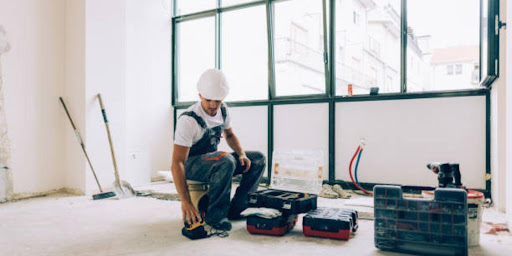
Safety and Security
A. Ensuring window and door security through hardware maintenance
Maintaining the safety and security of windows and doors is paramount for companies involved in their installation. Hardware maintenance plays a crucial role in achieving this goal. Regularly inspecting window hardware, such as locks, handles, and hinges, is essential. Loose or damaged hardware can compromise security, making it easier for unauthorized access or break-ins. Companies should prioritize tightening screws, lubricating moving parts, and promptly repairing or replacing any damaged hardware to keep windows and doors secure.
B. Tips for maintaining locking mechanisms
Locking mechanisms are the first line of defence against intruders. It’s imperative to educate employees on the importance of proper locking mechanisms maintenance. This includes regular cleaning to prevent debris buildup, lubrication to ensure smooth operation, and checking for signs of wear or malfunction. Encourage clients to use high-quality locks that meet industry standards for security, and recommend periodic assessments to identify potential vulnerabilities.
C. Upgrading security features as needed
Window and door technology is continually evolving, and security features are no exception. Companies should stay informed about the latest advancements and advise clients on potential upgrades. This may include smart locks, reinforced glass, or impact-resistant hardware, all of which can significantly enhance security. Highlight the long-term benefits of investing in these upgrades, such as increased property value and peace of mind for clients.
D. Addressing safety concerns for clients and end-users
Educate clients about safety considerations beyond security. Discuss child safety features like window restrictors to prevent accidents involving young children. Emphasize the importance of fire safety by ensuring that windows can be easily opened for emergency escape. Offer guidance on proper window and door operation to prevent injuries caused by misuse. By prioritizing safety alongside security, companies can build trust with clients and provide comprehensive solutions that prioritize their well-being.
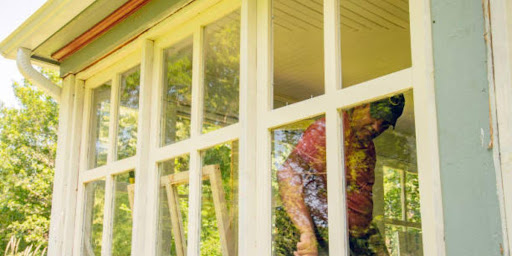
Conclusion
In conclusion, ensuring the longevity of window hardware is not just a matter of routine maintenance; it’s a commitment to the satisfaction and trust of customers. By diligently following these care and maintenance tips, companies in the window and door installation industry can extend the lifespan of their products, reduce the need for costly repairs, and enhance their reputation for delivering quality and durability. Regular inspections, lubrication, and attention to environmental factors are key to preserving the functionality and aesthetics of window hardware, ultimately leading to satisfied clients and continued business success.
Published By
PowerArticles
Sept. 18th, 2023